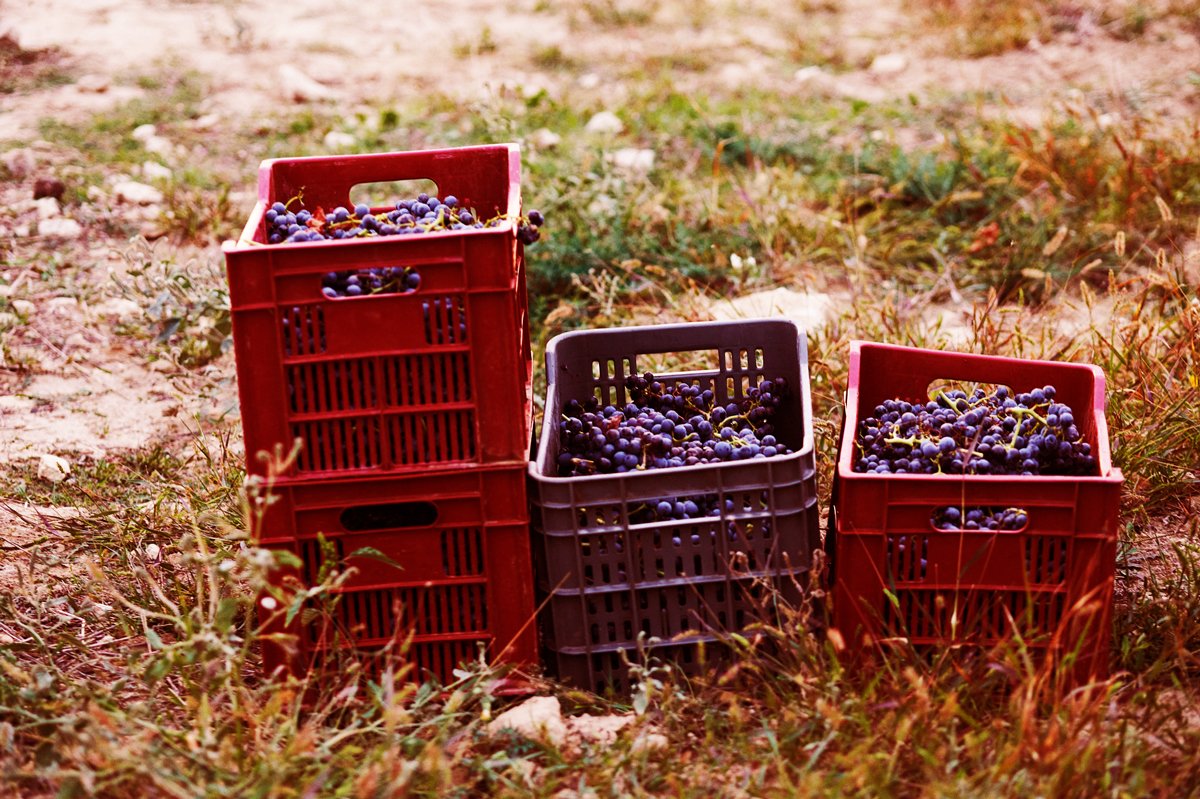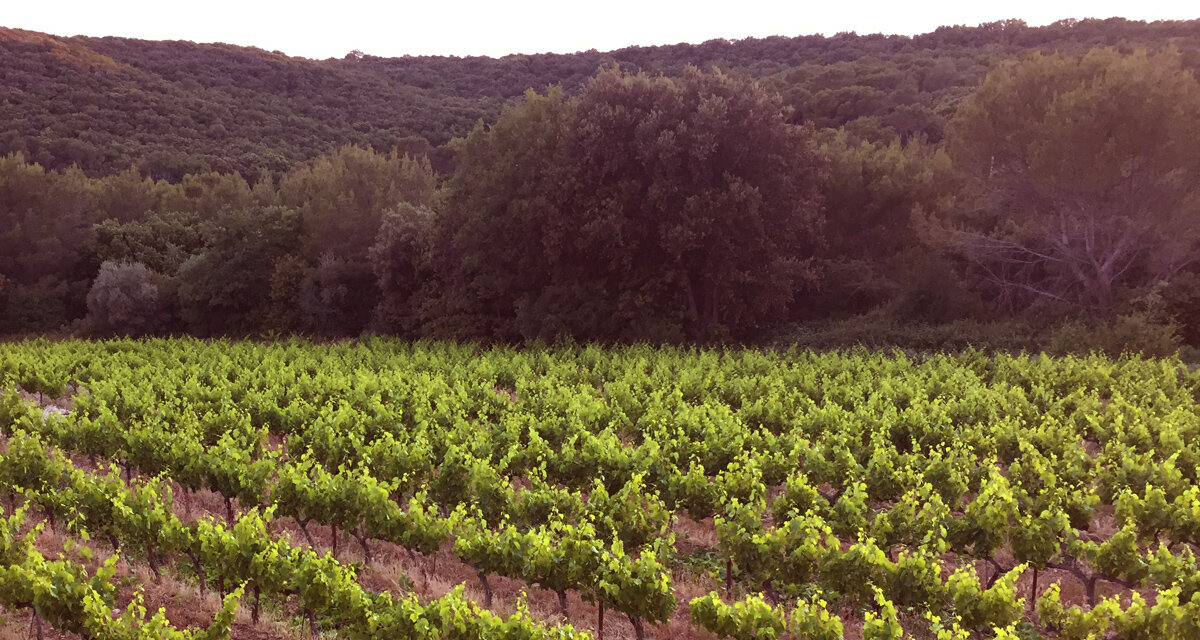
Our Location
and Farming
Having closely watched and experienced the evolution of the varied appellations and communes of the Rhône Valley over 15 years, we were utterly convinced by the future of this northern corner of the Gard.
Lying between the Cevennes to the west, the Ardèche to the north and the Rhône River to the east and with close to 800mm of rain annually, it is greener and lusher than many other parts of the Southern Rhône.
All the domaine’s vineyards lie on the northern side of the Cèze River
between the towns of Bagnols-sur-Cèze and Pont Saint Esprit.
The majority of the parcels are situated in the hills above the villages of Saint Gervais and Saint Nazaire and are made up of a varied and complex soil structure.
Within short distances the soil can contain loess, sand, loam, red clay with veins of limestone apparent at some points whilst in others it lies just below the surface at a depth of 50-75cm. In some parcels, there is an obvious presence of iron oxide in the soil, whilst in others there is a scattering of granite.
The altitude of the highest blocks is at 220 metres
and the vineyards are, for the most part, closed in to the east, south and west by dense woodland which covers 50% of this part of the Rhône.
The land is more open to the north allowing the Mistral wind to sweep through, both cleaning and cooling when it blows.
Both the woodland and the wind combine to provide a natural, fresh environment.

The Vines and Our Approach to Farming
Grenache is king but Carignan and Cinsault are the pretenders.
The youngest vines of the domaine in production were planted in 2003 and the oldest and most spectacular, in 1947. They are planted either in the traditional goblet or double cordon method and at a density of 4,000 vines per hectare.
Farming is organic and the first plots were certified by Ecocert in 2020.
The vineyards and surrounding land are isolated and stunningly beautiful and every effort is taken to co-exist with them.
For each action in the vineyard, there is a reaction from the plants
and therefore the aim is to find the right balance that allows the vines to produce high quality fruit, at the desired yield with minimum intervention.
Much of the work is manual,
entailing judicious pruning and de-budding, timely soil work and careful canopy management coupled with just enough organic spraying to make sure the plants are protected from disease.





